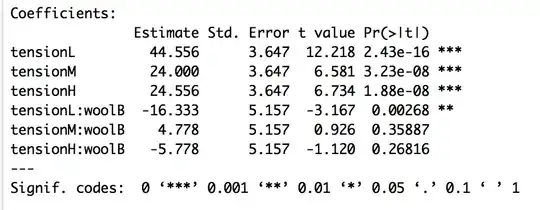For a concrete example:
Question. Suppose I have iid random variables $X_1, \dots, X_n$ with pdf $f(x) = \frac{1}{6|x|^{2/3}}$ for $x \in [-1, 0) \cup (0, 1]$. Find the asymptotic distribution of $n^{3/2}\tilde{X}_n$, where $\tilde{X}_n$ is the sample median.
It is well known that for $0 < q < 1$ the $q^{\text{th}}$-quantile of $F_x$, denoted as $\theta$, has asymp. dist.
$$\sqrt{n}(Y_n - \theta) \stackrel{d}{\longrightarrow} N\left(0, \frac{q(1-q)}{f(\theta)^2}\right),$$
where $Y_n = \frac{1}{n}\sum_{i=1}^n \mathbb{1}\{X_i \leq x\}$. However, for the above question there is no value $\theta$ such that $F_x(\theta) = q = 0.5$. Instead, I propose we make the following logical transformation:
$$U_i = F_x(X_i),~~~~X_i = F_x^{-1}(U_i),~~~~U_i \sim \text{Uniform}(0,1)~~~\forall i=1,\dots,n$$
Clearly, if $\tilde{U}_n$ is the sample median of the uniform distribution and $q = 0.5$ then $$\sqrt{n}(\tilde{U}_n - \theta) \stackrel{d}{\longrightarrow} N\left(0, \frac{q(1-q)}{f_u(\theta)^2}\right) = N\left(0, \frac{1}{4f_u(\theta)} \right).$$
But I'm unsure how to relate this back to $n^{3/2}\tilde{X}_n$? Also, I assume this method would work for any random variables like those defined in the question?
